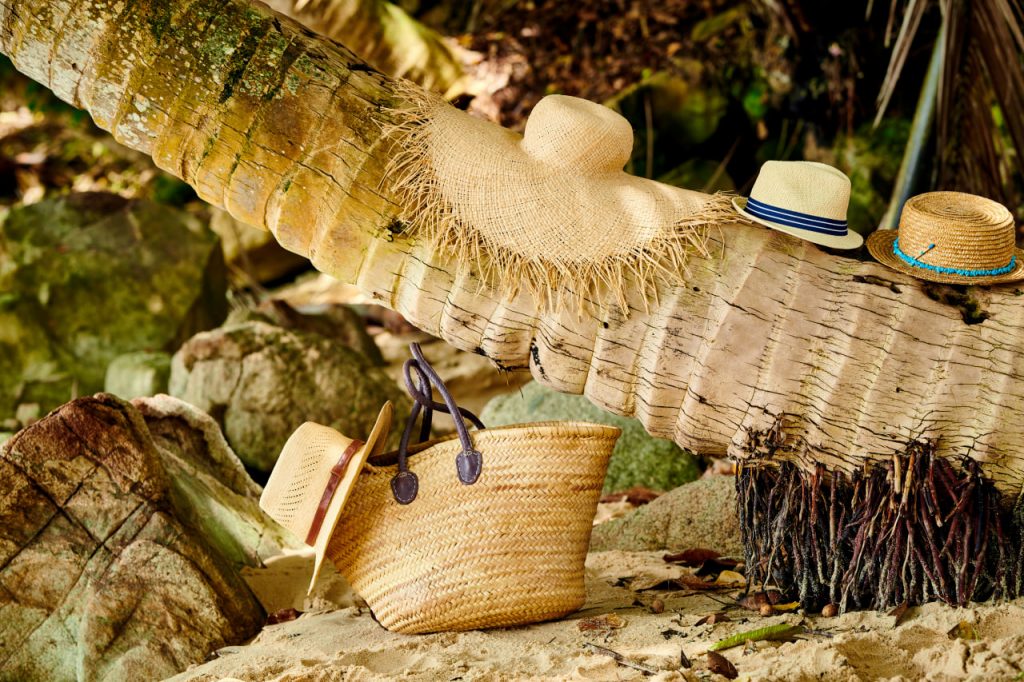As a lover of both craft and culture, I’ve always sought out ways to connect with the traditions of other communities through their art forms. So when I found out that Basketry Traditions offered a course focused on African basket weaving techniques, I knew I had to sign up. Basket weaving, like so many traditional crafts, carries the weight of history, and learning it felt like an opportunity to not just learn a new skill, but to understand a way of life.
The moment I entered the classroom, I could tell this would be different from any other workshop I’d attended. The instructor, a skilled artisan with years of experience working in Africa, didn’t just teach us how to weave—she immersed us in the stories, the customs, and the cultural meanings behind the baskets we would be making. It was clear that basketry in many African cultures is far more than just a craft. It’s a symbol of identity, a method of storytelling, and an essential part of community life.
Our first lesson was an introduction to the materials. In Africa, baskets are often woven from locally sourced grasses, reeds, and palm fronds. The instructor shared the significance of these materials, explaining how they are carefully harvested in harmony with the environment. I had never realized before how the choice of materials could carry such meaning. For example, in some cultures, certain plants are considered sacred, while others are used in specific ceremonies or rituals.
What truly fascinated me was the way basket weaving is intertwined with community. In many African communities, weaving isn’t an individual endeavor—it’s a collective experience. Women often sit together in groups, sharing stories, laughter, and wisdom while they weave. The baskets they create may serve different purposes: they can be used for carrying food, as ceremonial items, or even as a form of currency. Each weave is a connection to the past, a link in an unbroken chain of tradition that ties generations together.
As we learned different weaving techniques, I could feel a deeper respect forming within me for the traditions I was being introduced to. The process of weaving the baskets wasn’t just about craftsmanship; it was about carrying the weight of culture, understanding the patterns that symbolized different ideas, and absorbing the knowledge of generations before me. With each row of weaving, I was slowly understanding that these baskets told stories—stories of survival, love, and community.
The patterns we learned were also deeply meaningful. Some were simple, geometric shapes, while others represented elements of nature—like the sun, animals, or the movement of water. These patterns weren’t just decoration; they were a language in themselves, a way for the weaver to communicate ideas and feelings that words could not capture. I couldn’t help but marvel at how the act of weaving could be such a profound form of expression.
Perhaps what struck me the most was the sense of connection I felt throughout the course. By learning these techniques, I wasn’t just acquiring a new craft—I was stepping into the shoes of people whose ancestors had woven these same patterns for centuries. I wasn’t just learning a skill; I was becoming a part of a global conversation about tradition, identity, and the passing of knowledge from one generation to the next.
The experience also reminded me of the importance of preserving these cultural practices. In a world that’s increasingly fast-paced and digital, the act of slowing down, focusing on a handmade process, and understanding the cultural significance of that process felt both grounding and necessary. It made me realize that while cultures evolve, these crafts are the threads that bind us to our roots, to each other, and to the earth.
At the end of the course, I left with a beautiful basket—simple yet rich in meaning—that I would proudly display in my home. But more importantly, I left with a profound appreciation for the cultural depth that basket weaving holds in so many communities around the world. It’s one thing to admire an art form from afar, but it’s something entirely different to engage with it on a personal level, to understand its roots, and to recognize the bonds it creates between people.
I’m so grateful to Basketry Traditions for offering me the opportunity to experience this cultural journey. The connection I’ve made to the history, the craft, and the people behind African basket weaving is something I’ll carry with me for years to come. If you’re someone who appreciates the beauty of tradition and wants to learn more about the cultural significance behind your craft, I can’t recommend Basketry Traditions enough. It’s more than just a class—it’s an exploration of heritage, identity, and the timeless bond we share through creativity.

